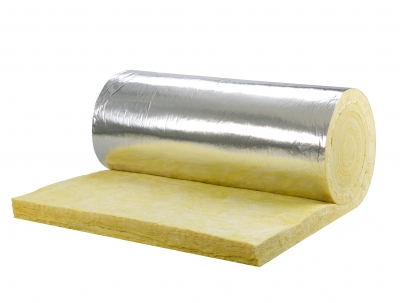It’s a win-win – save money and save the environment by making simple, yet impactful changes to make your home more energy-efficient and green. Below are some recommendations to consider integrating into your home:

Image Courtesy of ponsulak | Freedigitalphotos.net
Seal and insulate your home
Simply investing in material to ensure your home is free of leaks can be a real money-saver. Leaks, which can be found by doors, windows and in the basement and attic, allows cold air to get into your home, making you use up more energy to warm your home on those chilly nights.
Purchase material such as spray foam, caulk and weatherstripping to tightly seal your home and be eco-friendly.
Seal other parts of your home as well – specifically the ducts that carry air to different parts of the house. These ducts leak in areas such as the attic or basement, making your heating and cooling system less efficient.

Image Courtesy of John Kasawa | Freedigitalphotos.net
In addition to insulating ducts, ensure that your entire home is properly insulated – most homes built before 1980 have worn-out insulation, especially in areas like the attic. Insulation is normally 10 inches.
Windows and doors
Did you know that wood acts as a natural insulator? Avoid aluminum framed windows and metal doors, as both allow hot and cold air to flow easily. Instead, wooden windows and doors are great alternative options for a home improvement solution for energy efficiency.
Specifically, wooden window frames that are double-paned and filled with a safe gas (usually argon) work to slow the passage of heat through the outdoors to indoors and vice versa. A similar product is needed for your door too if you want a glass featured door. Fiberglass and insulated steel are other energy efficient options for doors.
Programmable thermostat
Adding a programmable thermostat to your home can easily cut 10% of your costs in heating or cooling bills by not allowing your heater or air conditioner to run for longer periods of time, like when you are not at home or when the family is asleep. Devices like AT&T’s Digital Life allow you to program energy efficient settings, such as the thermostat and light settings, when you are not at home.
Energy-efficient appliances
Because most of your energy bills go to heating and cooling, consider looking into the efficiency of your household appliances. Your current appliances may be energy-guzzlers, which means unnecessary costs for you.
Motion detector
A simple change like replacing all-night lights with a motion detector or timer lights is an easy way to save money and energy to make your home more green.
Solar panels
Solar panels would make a great environmentally-friendly addition to your home to generate and supply electricity from the sun’s energy to provide light and heat to a room, or to heat water. Solar panels can last up to 35 years.
Use LED light bulbs
LEDs, or light emitting diodes, are much more efficient than their incandescent and CFL counterparts, lasting about 10 times longer, or up to 50 years. Unlike incandescent light bulbs, LEDs do not cause a build-up in heat, saving you money on room cooling costs.
Water heaters
Installing an energy efficient water heater can save you a significant amount of money by maintaining hot water more effectively than a non-energy efficient water heater. In addition, low flow showerheads can not only save you money, but water as well.
HVAC system
If you have replaced many parts of your home to be more “green” and you are still not satisfied with your monthly energy bills, it may be time to look at the efficiency of your HVAC (heating, ventilating and air conditioning) system. It is important to first ensure your house is efficiently insulated as replacing an older HVAC system can come with a hefty price tag.
What’s more, many of these products can qualify for tax credits. Check with Department of Energy incentives and policies website for information – you will be saving more money for saving energy.